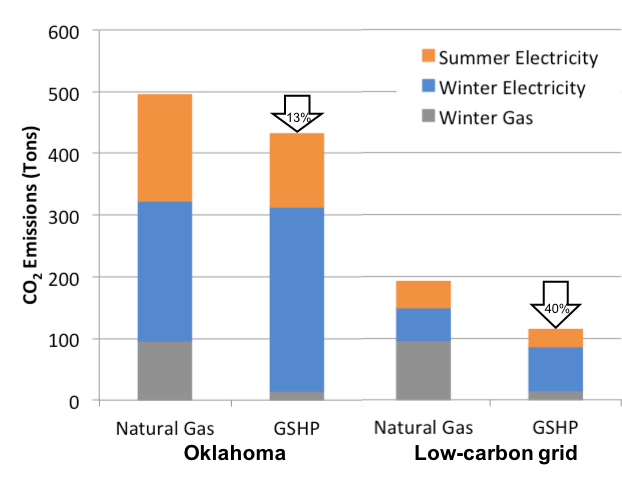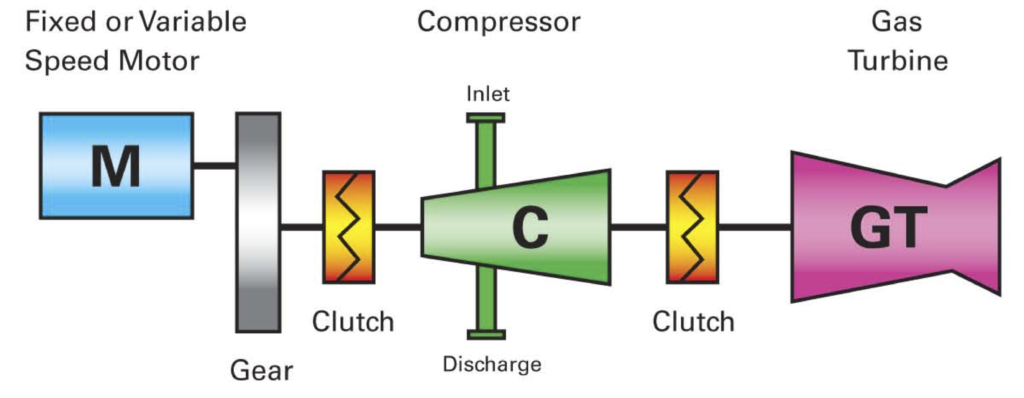The utility world is abuzz about beneficial electrification. It has been touted as the path to a low-carbon future, a way to bolster flat or declining utility sales, and a money-saver for consumers. Beneficial electrification often conjures images of sleek electric vehicles and smart HVAC equipment, but its applications spans the commercial and industrial sectors as well. NRECA has developed a series of case studies examining a diverse array of commercial and industrial beneficial electrification opportunities. This includes everything from rock crushing equipment to industrial water heaters for dairies.
Comfort and Savings in Ground-Source Heat Pumps
As part of the series, Xergy has explored two exciting areas for opportunity applicable to larger commercial and industrial accounts. In our first article, Katherine Dayem explores the benefits of transitioning an Oklahoma high school away from a costly and inefficient natural gas-based heating system to an efficient ground-source heat pump, yielding approximately 20% savings on total heating costs and an estimated 13% reduction in carbon emissions.

Carbon savings from the GSHP deepen as the grid transitions to low-carbon energy sources.
Electrifying Natural Gas
In our “Electrifying Natural Gas”, we explore a very unlikely place for electrification efforts: natural gas pipelines. Over 300,000 miles of pipeline and thousands of large compressor stations help to transfer fuel around the United States. Most compressor stations today use a small amount of natural gas to run a turbine and boost pressure on the line. However, these stations can also release large amounts of methane and other pollutants. This is a problem for local air quality as well as greenhouse gas emissions, since methane is itself a greenhouse gas over 50 times as potent as CO2. New dual-drive compressor technologies allow can seamlessly switch between natural gas and electricity. This allows pipeline operators to mostly eliminate methane leakage by running on electricity, but still offering natural gas operation as a backup to avoid high demand charges. These stations also provide cooperatives in oil and gas country with large, stable loads and opportunities for load flexibility under critical situations.

Dual-drive compressors can be powered either by electricity through a motor (blue) or by natural gas through a gas turbine or engine (red). Source: SSS Clutch.

